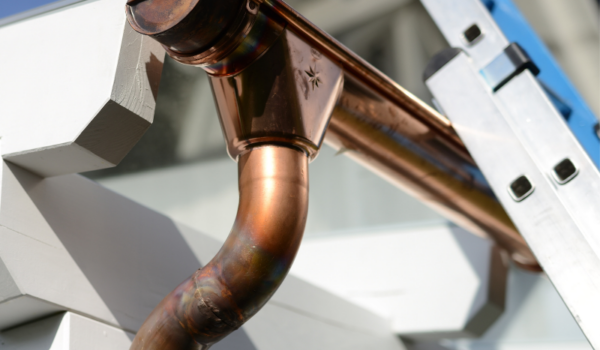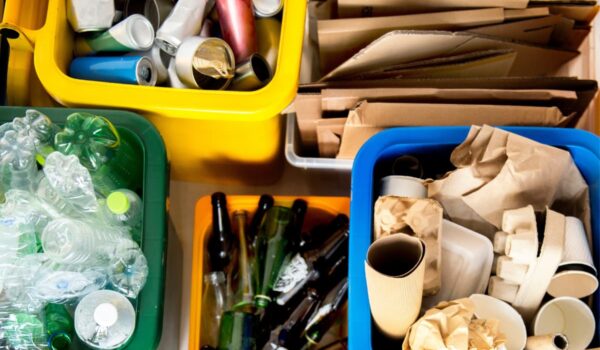As fire safety becomes an increasingly important consideration in construction, understanding which materials offer the best protection is essential. Choosing fire safe materials can significantly reduce the risk of fire damage, protect occupants, and ensure buildings comply with safety regulations. This article explores the most effective fire safe building materials and explains why they are preferred in modern construction today.
Why Fire Safe Materials Matter in Construction
Fire resistant materials in construction are designed to withstand high temperatures, prevent the spread of flames, and limit the release of toxic fumes. Using these materials helps slow down the progress of a fire, giving occupants more time to evacuate and reducing the risk of structural damage. As building codes become stricter, the demand for fire safe materials grows, making it vital for architects, builders, and homeowners to understand their options.
Traditional Fire Resistant Materials – Concrete and Brick
Concrete has long been recognised as one of the most fire safe materials available. Its dense, non-combustible nature means it does not ignite and effectively slows heat transfer. This makes concrete a reliable choice for walls, floors, and structural elements where fire resistance is critical. Innovations such as insulated concrete forms combine concrete with insulating materials, enhancing both fire protection and energy efficiency.
Similarly, brick is a traditional material that performs exceptionally well in fire situations. Fired at high temperatures during manufacture, bricks can withstand intense heat without losing their strength. This durability makes brick a popular choice for external walls and fire barriers, helping to contain fires and protect the building’s integrity.
The Role of Gypsum Board in Fire Safety
Gypsum board, commonly used for interior walls and ceilings, is another important fire resistant material in construction. It contains water molecules that, when exposed to heat, release steam and help cool the surrounding area. This reaction slows the spread of fire and provides valuable extra time for evacuation. Special fire-rated gypsum boards are available for areas requiring enhanced protection, making them a versatile solution for fire safe interiors.
Steel and Glass – Modern Materials with Fire Safe Qualities
Steel is a non-combustible material widely used in construction, but it can lose strength when exposed to extreme heat. To counter this, steel elements are often encased in fire-resistant materials like concrete or coated with fireproof paints. This combination ensures steel retains its structural integrity during a fire.
Glass has also evolved to meet fire safety demands. Fire resistant glass options, such as wired or tempered glass, can withstand high temperatures and help compartmentalise spaces to prevent the spread of flames and smoke. These types of glass are commonly used in windows, doors, and partitions where visibility and fire safety are both priorities.
Copper – A Fire Safe Material for Plumbing and Beyond
When considering fire safe building materials, copper deserves special attention, especially in plumbing systems. Unlike plastic pipes, which can melt or burn and release toxic fumes during a fire, copper pipes are non-combustible and have a high melting point of 1,085°c. This means copper maintains its shape and function even under intense heat, reducing the risk of fire spreading through pipework.
Copper’s durability and resistance to thermal expansion also mean it is less likely to deform or fail during a fire, limiting water leaks and damage.
For those interested in the fire safety advantages of copper, you can find out more on our page on fire safety.
Insulation Materials That Enhance Fire Safety
Insulation plays a crucial role in fire safe construction. Materials such as fibreglass and mineral wool are naturally fire resistant and able to withstand high temperatures. These insulations not only improve energy efficiency but also act as barriers that slow the spread of fire and smoke through walls and ceilings, adding an extra layer of protection for occupants.
Choosing the Best Fire Safe Materials for Your Project
Selecting the right fire safe materials depends on the specific needs of the building, including its use, design, and local regulations. Concrete, brick, gypsum board, steel, and copper each offer unique benefits that contribute to fire safety. By integrating these materials thoughtfully, builders can create structures that are not only resilient in the face of fire but also compliant with modern safety standards.
As awareness of fire risks grows, prioritising fire resistant materials in construction is essential. Making informed choices about materials today helps protect lives and property tomorrow, ensuring buildings stand strong when it matters most.

